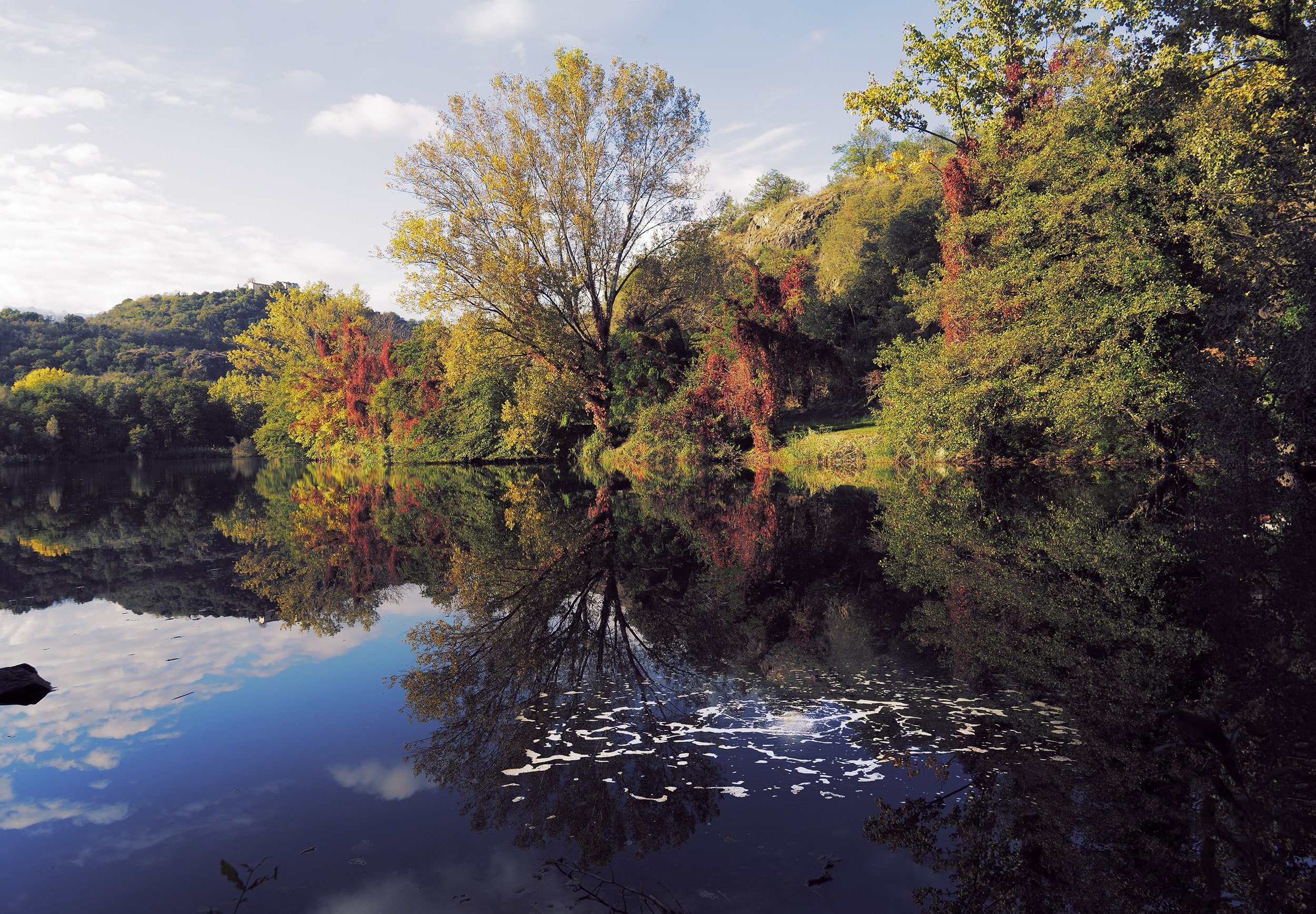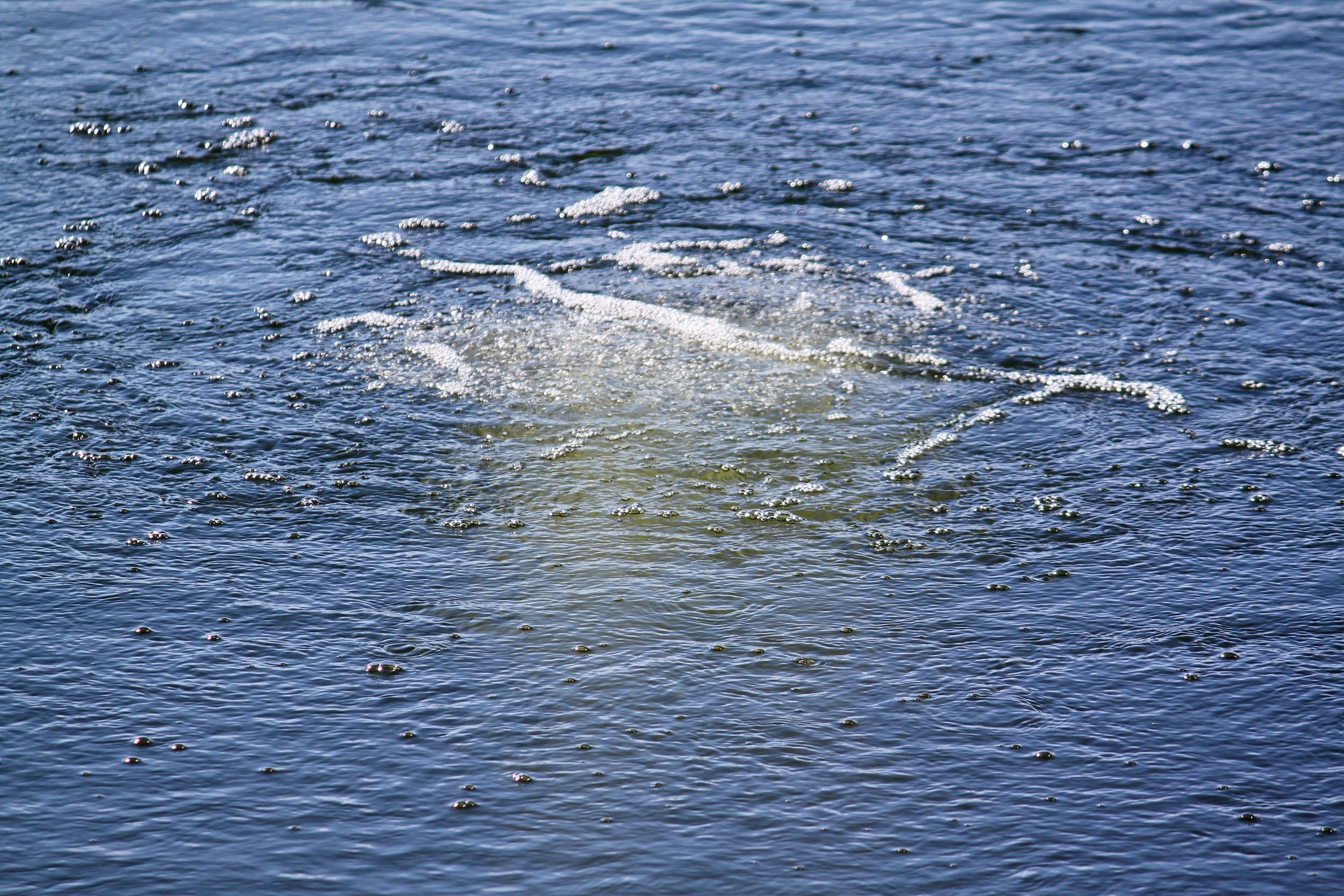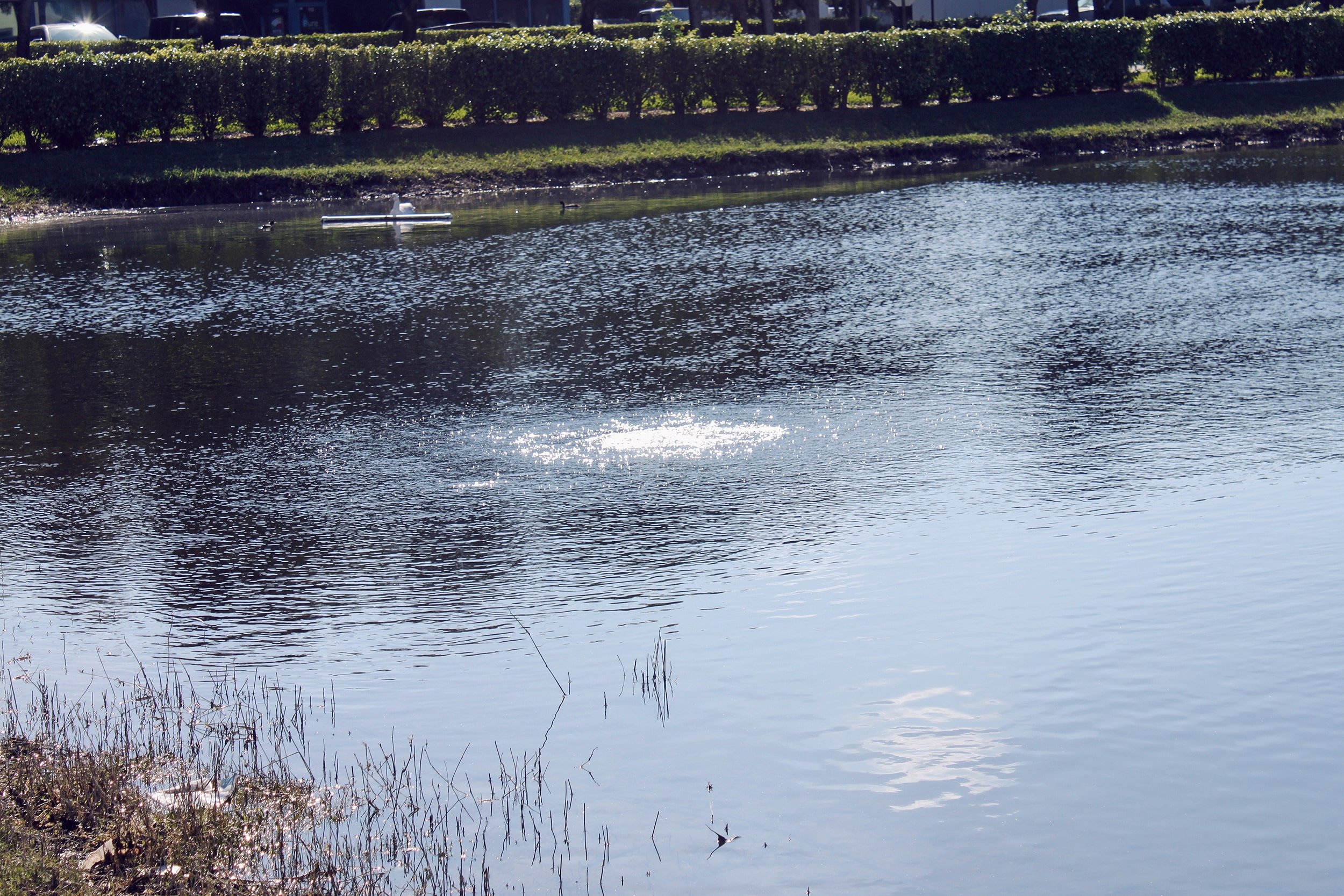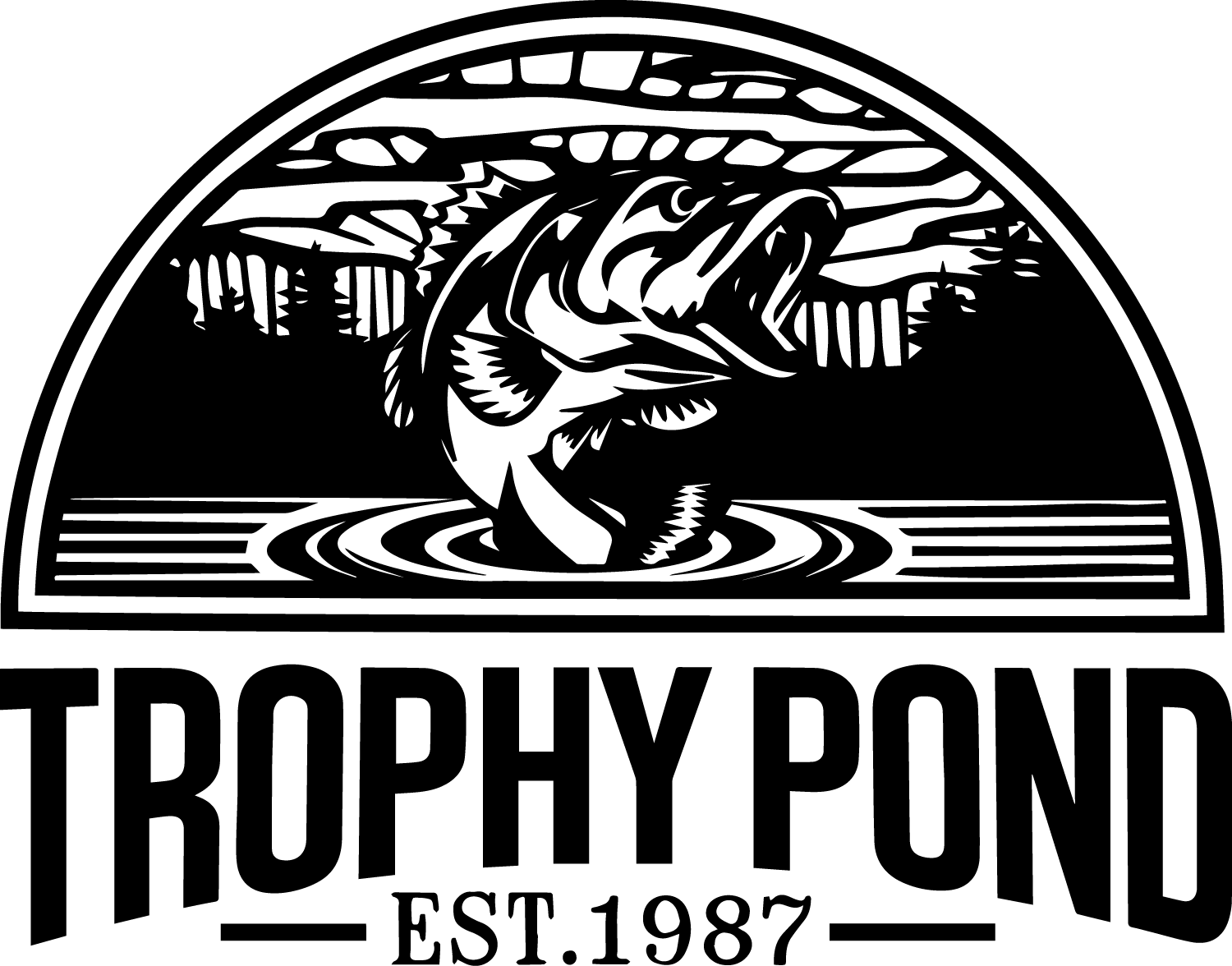
POND AERATION
BENEFITS
Lake and pond aeration has a host of benefits for a private body of water, including muck reduction, cleaner water, elimination of unpleasant odors, elimination of many vegetation problems, reduction of mosquito hatches, and healthier, faster-growing fish. A properly-designed pond aeration system will prevent most fish kills, eliminate the thermocline resulting in increased carrying capacity for the pond, improve water quality, and prolong the life of your pond by counteracting the eutrophication process.
WHY AERATION MAKES A DIFFERENCE.
Any pond or lake, over time, accumulates organic muck on its bottom. This muck is composed mainly of detritus, decayed and decaying organic matter; anything that falls into the pond or dies in the pond, whether it be tree leaves, aquatic plants, fish, insects, etc., contributes to this muck. This muck is high in phosphorus and nitrogen, two primary nutrients necessary for plant growth; so as the muck builds up on the bottom of your pond, it becomes built-in fertilizer for the pond – in essence, a weed factory.

Fighting turnover in your lake or pond.
Turnover is a misunderstood pond phenomenon.
Every unaerated pond experiences turnover naturally every fall. In the spring, as the water column warms, it divides or stratifies into two layers, the warmer epilimnion or upper layer, and the cooler hypolimnion or lower layer; the narrow layer where these two layers meet is called the thermocline. The pond will stay stratified throughout the summer, until fall weather arrives and cooler air temperatures cause the warmer surface layer to cool and sink, mixing with the lower layer of water. Normally this mixing occurs naturally over weeks’ time and causes no adverse effects to the pond.
However, turnover can happen suddenly and unexpectedly at other times of year under certain conditions, such as a hail storm in summer, or a hard, cold rain; even high winds can cause rapid mixing of the two layers. When turnover happens too quickly, fish can become trapped in water too low in oxygen to support them, resulting in a fish kill.
Another common cause of fish kills in unaerated ponds, often incorrectly referred to as turnover, happens when there is a phytoplankton die-off. Phytoplankton are the primary producer of oxygen in unaerated ponds; because they are plants, they require sunlight for photosynthesis, the process by which they make their food. Several cloudy days in a row in midsummer can lead to a phytoplankton die-off, which in turn can cause a fish kill through oxygen depletion as the decaying plankton consume oxygen. Having lake aeration diffusers in your pond, while it does not eliminate altogether the potential for fish kills, will greatly reduce the likelihood of them.
We are an official dealer for Vertex pond aeration systems, the premier pond aeration product on the market today, and can custom-design a system specifically tailored to your pond. Our expertise even includes pond aeration systems with solar-powered features.
If you have a private lake or pond in Tennessee, Alabama, Georgia, Mississippi, or Kentucky, call us today about pond aeration design and put fish kills and stagnant water in the rearview mirror! We’re also your complete resource for services ranging from weed control in and around your pond to total lake management.




